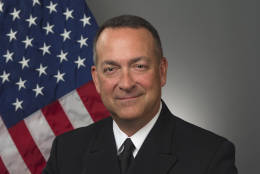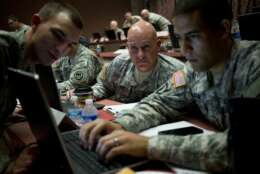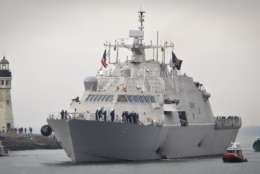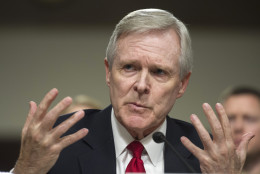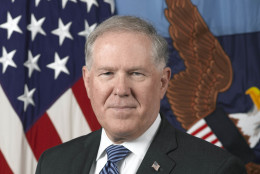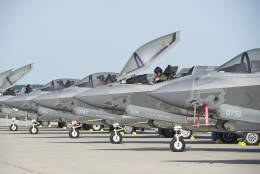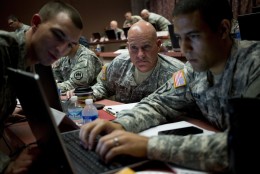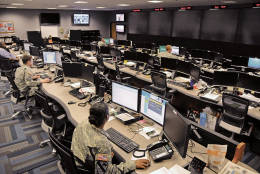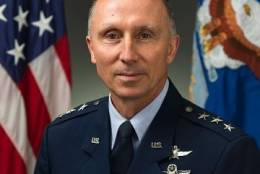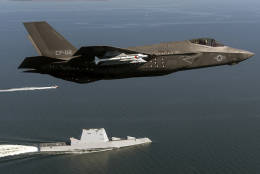Defense
-
Rear Adm. Mat Winter, the chief of naval research, is packing up knick-knacks. This week is Winter's final one on the job. He’s leaving the post on Friday to take a leadership position in the Pentagon’s F-35 program office. Before departing, he spent a few minutes with Federal News Radio’s Jared Serbu on Federal Drive with Tom Temin to talk about his two years as the leader of the Office of the Naval Research, which, by the way, turned 70-years old this year.
November 16, 2016 -
The Army will call on cyber amateurs and experts to try to break into the service's personnel and recruiting sites.
November 15, 2016 -
The Government Accountability Office has denied nine out of nine bid protests filed by health insurers who came out on the losing end of the Defense Department’s $58 billion in contract awards to run the military's managed health care system.
November 15, 2016 -
Retired Navy Cmdr. Jim Feldkamp doesn’t think the Navy is thinking enough outside the box when it comes to equipping its new Littoral Combat Ship, designed to be extremely flexible in the missions it can perform, for some of those roles.
November 11, 2016 -
Ray Mabus became the longest-serving Navy secretary since Josephus Daniels, Woodrow Wilson’s secretary during the first world war.
November 10, 2016 -
DoD is tightening the reins on the research money it gives out to companies. The Pentagon is receiving some backlash for it.
November 08, 2016 -
The Army is going through a drawdown, which means lots of officers are finding themselves without jobs. Some of them are talented soldiers with advanced degrees — the very type of people Defense Secretary Ash Carter wants for the future military.
November 08, 2016 -
For the first time since it became a separate service in 1947, enlisted pilots strapped into cockpits and flew solo missions.
November 07, 2016 -
Rumors of the death of Army Knowledge Online — the web portal soldiers and Army civilians have used for everything from training to email since the 1990s — were evidently premature.
November 07, 2016 -
The Army is currently experimenting with a concept it calls cyber support to corps and below (CSCB) — the notion that individual tactical units need to deploy with their own offensive and defensive cyber and electronic warfare capabilities and be prepared for an enemy that can and will use electronic attacks on the battlefield.
November 07, 2016 -
Terry Halvorsen, the DoD chief information officer, signed a memo on Oct. 18 requiring military services and agencies to trust each other when accrediting and authorizing systems.
November 07, 2016 Jon Harper, senior writer for National Defense Magazine, joins host Derrick Dortch to talk about the differences between presidential candidates Hillary Clinton and Donald Trump on defense issues. November 4, 2016
November 04, 2016-
The Air Force is pushing out a prototype for IT acquisition that connects vendors with end users. It's part of the overarching Joint Information Environment (JIE), a unification effort and security boost for the department’s roughly 15,000 IT networks.
November 04, 2016 -
The Navy is missing opportunities to turn connectedness into greater capability because its thinking is outdated.
November 04, 2016 -
Last month, the Army, along with the rest of the military services, announced all of the active duty cyber teams they’re building for U.S. Cyber Command have reached their initial operating capability and are ready for offensive and defensive missions. Next in line: teams made up entirely of National Guard and Army Reserve personnel.
November 04, 2016

